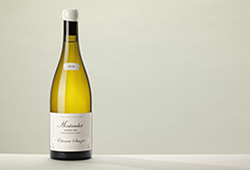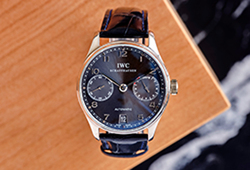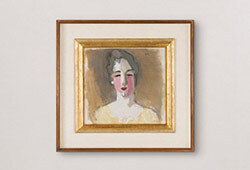Dick Bengtsson
'Stockhus'
Signed Dick Bengtsson and dated -69. Oil on panel 51 x 72 cm including frame. Plastic toy shovel, length 18 cm.
Näyttelyt
Galleri Karlsson, Stockholm, 1969.
Moderna Museet, Stockholm, 'Dick Bengtsson' 22 January - 30 April, 2006, cat no 18.
Kirjallisuus
Mårten Castenfors (ed.),'Dick Bengtsson', SAK, 2005, illustrated p. 66.
Muut tiedot
The painting 'Stockhus' was part of Dick Bengtsson's legendary exhibition at Galleri Karlsson in Stockholm in 1969. Twenty paintings depicting empty landscapes with houses was included in the exhibition. Viewed from a distance they seemed peaceful, but on several of them the artist had painted swastikas, some visible in the window frames of the houses, some at the corners of the paintings and some in the background. There were also small hooks under the frames on which yellow plastic shovels hung, and black boxes of birch wood were placed on the floor. These peculiar details distorted the, at first glance, harmonious scenes into something much more disturbing. Suddenly, it was no longer landscape paintings that filled the gallery, but rather an ambiguous collection of installations.
'Stockhus' hung at Galleri Karlsson next to a mirrored version of the painting. Both works stood out in the exhibition as they did not contain any swastikas, yet there is something elusive and suspended about them. A solitary log house stands on a hill with a dark spruce forest in the background. The pan has a dark patina that the artist often applied to his paintings by working the painted surface with a hot iron. The result is that the landscape is stripped of all traces of rural idyll. At the same time, Bengtsson's skilful surface treatment enriches the image with a visual beauty freed from all forms of pretension.
In front of a work by Dick Bengtsson, one is never really sure of the meaning of the different components. His art is full of mystery and asks more questions than it answers. In his multi-layered world, one is forced to challenge one's values and associations; it demands the viewer's full attention. It is difficult to separate truth from fantasy and he has said that 'My pictures are very much about the falsification of reality, about the idyll that is not what it appears to be'.
The exhibition at Galleri Karlsson provoked many reactions and contributed to Dick Bengtsson's position as one of our country's most important and influential artists. With his critique of modernism's overconfidence in an unambiguous truth, he was an early forerunner of postmodernism. Never accepting that there is only one correct mode of interpretation, his art posed previously unaddressed questions. For a long time, Bengtsson combined his painting with work at the post office and he did not have a studio, but most of his works are made on his own kitchen floor. His fellow artists appreciated his paintings and a circle of collectors and museum people realised his greatness already during his short lifetime; he has been referred to as an 'artist's artist' despite having several high-profile exhibitions. Still today we see clear traces of his influence in Swedish contemporary art.















































